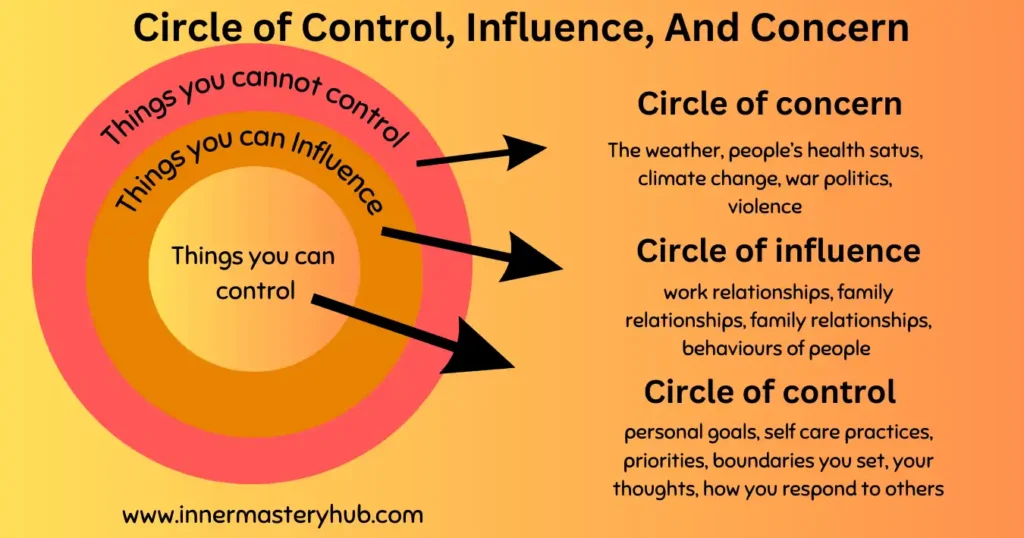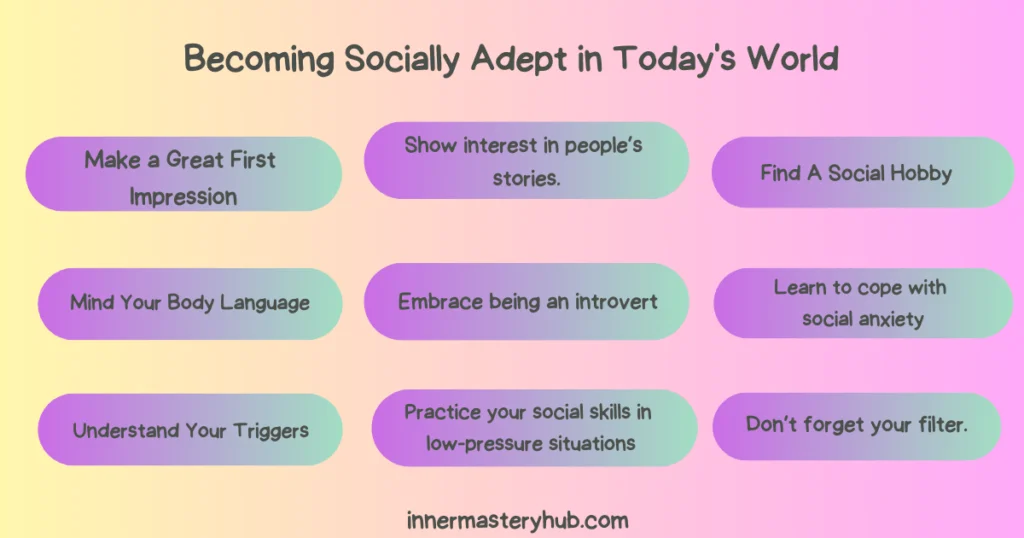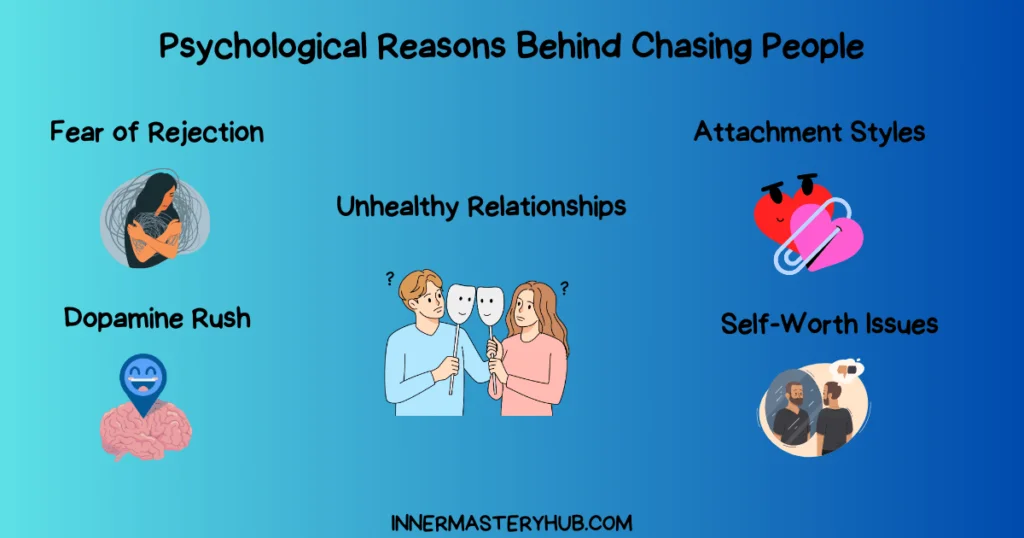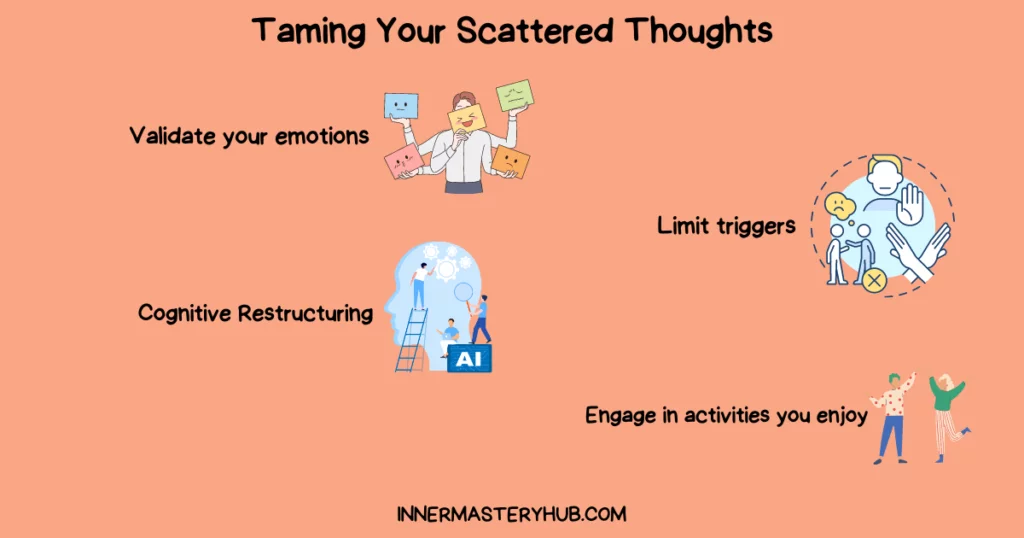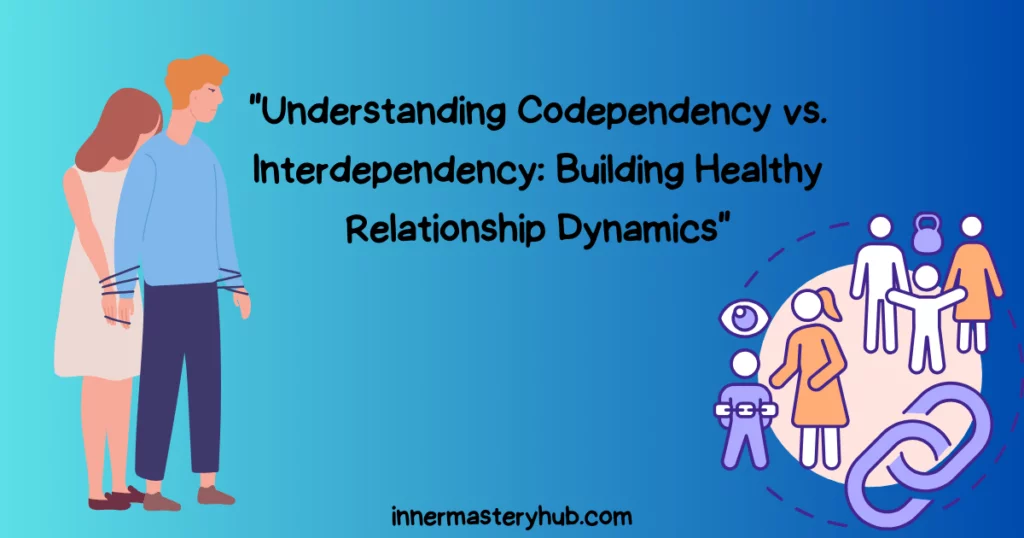
Codependency and interdependency are two terms that are often used interchangeably, but they have very different meanings. Codependency is a harmful relationship dynamic in which one person is overly reliant on another for their emotional and physical needs. Interdependency, on the other hand, is a healthy relationship dynamic in which two people are mutually supportive and independent.
RELATED: 10 Signs of Insecurity in Relationships: How to Overcome?
Table of Contents
What is Codependency?
Codependency is often rooted in childhood trauma or neglect. Codependent people may have learned to rely on others for their self-esteem and sense of worth. They may also have difficulty setting boundaries or saying no.
Example
Sarah is in a relationship with David, who is an alcoholic. David often drinks too much and gets into trouble, but Sarah always bails him. She excuses his behavior, lies to his friends and family, and covers up for him at work. Sarah’s behavior is enabling David’s drinking problem, and it is also taking a toll on her own
Sarah is codependent because she has an exaggerated sense of responsibility for David’s well-being. She feels guilty and anxious when he is unhappy, and she goes to great lengths to please him. Sarah’s behavior is enabling David’s addiction, and it is also hurting her.
Signs of Codependency in Relationships
Codependency can manifest in a variety of ways, but some common signs include:
- People-pleasing: Codependents often go to great lengths to please others, even if it means sacrificing their needs.
- Enabling: Codependents may enable the addictive or unhealthy behaviors of others.
- Control: Codependents may try to control others to feel secure.
- Low self-esteem: Codependents often have low self-esteem and feel like they are not worthy of love or respect.
RELATED: 9 Principles of Social Intelligence That Everyone Can Master
What is Interdependency?
Interdependency is a healthy relationship dynamic in which two people are mutually supportive and independent. Interdependent couples and people can meet their own needs, but they also enjoy spending time with their partners and supporting them emotionally.
Example
Alex and Beth are in a healthy, interdependent relationship. They are both supportive of each other’s careers and hobbies. They enjoy spending time together, but they also have their interests and friends outside of the relationship. Alex and Beth can communicate openly and honestly with each other, and they trust each other to respect their boundaries.
Alex and Beth’s relationship is interdependent because they support each other’s needs, but they also have their own identities and interests outside the relationship. They can communicate openly and honestly with each other, and they trust each other to respect their boundaries.
Signs of an Interdependent Relationship
Some common signs of an interdependent relationship include:
- Healthy boundaries: Interdependent people can set healthy boundaries when one partner can say no when needed.
- Mutual respect: Interdependent people respect each other’s needs and feelings.
- Trust: Interdependent people trust each other and feel comfortable being themselves around each other.
- Individuality: Interdependent people maintain their identities and interests outside of the relationship.
RELATED: 8 Ways to Boost Your Emotional Curiosity: Nurturing The Quest Within
Difference Between codependent and interdependent
Here is a table that summarizes the key differences between codependency and interdependency:
| Characteristic | Codependency | Interdependency |
|---|---|---|
| Focus | Other-centered | Self-centered and other-centered |
| Sense of responsibility | Exaggerated | Healthy |
| Boundaries | Poorly defined or nonexistent | Well-defined and respected |
| Communication | Dishonest and manipulative | Honest and open |
| Happiness | Dependent on the happiness of the other person | Independent of the happiness of the other person |
RELATED: Great Leadership Requires Emotional Maturity: Here’s Why?
How to stop being codependent
If you think you may be codependent, here are some steps you can take to overcome it:
1. Recognizing Codependency
Do you frequently feel that others are the only ones who can make you happy? Perhaps you constantly give up your wants or opinions to appease other people. The first step to overcoming codependency is identifying these tendencies in your behavior.
2. Develop Self-awareness
Recognize your habits and triggers first. Think back for a moment to instances where you may have felt obliged to put the needs of others before your own. For example, you may have routinely canceled plans to satisfy the needs of someone else, even though it exhausted you.
3. Set Boundaries
Determining limits is essential. Consider a friend who constantly takes your money and never gives it back. Establishing boundaries may entail being open and consistent about what you find acceptable. Recall that respecting oneself is the true meaning of setting limits rather than being egotistical.
4. Engage in Self-Care
It’s critical to put your health first. Make time for the pursuits of your passions and enjoyable pastimes. Painting, running, or just reading a book are examples of soul-nourishing hobbies that are essential to recovering your identity.
5. Seek Assistance
Gaining insightful knowledge and emotional support can come from speaking with a friend, visiting a therapist, or joining a support group. Talking about your experiences with people who get what you’re going through can be quite uplifting.
6. The Art of Saying “No”
Learn to say no without feeling bad about it. It’s acceptable to say no to extra work or favors if they become too much for you. For instance, you can decline a colleague’s request for assistance on a project with grace or work out a workable deadline if you’re overworked.
7. Shift the Focus Inward
Prioritize your development and betterment. Take part in endeavors that advance your growth, such as returning to school, achieving a professional objective, or picking up a new talent.
8. Appreciate Your Independence
Recall that your codependency does not define you. Honor your achievements and independence. Acknowledge the times when you took decisions for yourself alone, such as changing your lifestyle or work.
9. Make Space for Mistakes
It takes work to overcome codependency. Errors are to be expected when traveling. Recognize that patience and time are necessary for growth. Every stride towards more independent living and sound boundaries matters.
By taking small steps and being patient with yourself, you can gradually move away from codependent behaviors, reclaim your autonomy, and foster healthier, more balanced relationships.
RELATED: 7 Secrets to a Polished Personality
How to build an interdependent relationship
Here are some tips for building an interdependent relationship:
- Communicate openly and honestly. Communication is essential for any healthy relationship. Be open and honest with your partner about your needs, feelings, and thoughts.
- Be supportive. Be there for your partner when they need you, but also respect their boundaries and allow them independence.
- Trust each other. Trust is essential for a healthy, interdependent relationship. Learn to trust your partner and give them the space to be themselves.
- Maintain your individuality. It is important to maintain your own identity and interests outside of the relationship. This will help you to feel more fulfilled and happy in the relationship.
- Distribute responsibilities and decisions equally. Work together as a team, sharing tasks and decision-making. Creating a balance in responsibilities avoids one-sided dependency.
What makes partnerships with narcissists more common among those who struggle with codependency?
There are a few reasons why people with codependency are more likely to have codependent relationships with narcissists.
- Codependents need to please others. Narcissists are often drawn to people who are easy to please and control. Codependents are often willing to go to great lengths to make their partner happy, even if it means sacrificing their own needs.
- Codependents have low self-esteem. Narcissists often prey on people with low self-esteem and a sense of self. They may start by showering their partner with affection and admiration, but this will eventually turn into criticism and belittlement.
- Codependents with low self-esteem may be more likely to accept this type of treatment because they believe that they don’t deserve anything better.
- Codependents have a fear of abandonment. Narcissists are often very unpredictable and can be very critical of their partners. Codependents, who often have a fear of abandonment, may be more likely to stay in a relationship with a narcissist even when it is unhealthy.
RELATED: “Understanding Enmeshment Trauma: Causes, Effects, and Healing”
Codependence as Relationship Addiction
There are several parallels between addiction and codependency. Codependents, for instance, could have withdrawal symptoms when they aren’t with their spouse, desires for them, and trouble managing their behavior around them. After attempting to leave an unpleasant relationship, codependents may also relapse into it.
The Diagnostic and Statistical Manual of Mental Disorders does not list codependency as a recognized mental health disease, which is one of the main distinctions between codependency and addiction (DSM-5). Codependency, however, has been linked to some mental health conditions, including substance misuse, anxiety, and depression.
These days, codependence is referred to as “relationship addiction.” This entails losing one’s self-worth in the connection, which may include having a severe dread of it ending to the point where you would give your life to keep it going.
Another important distinction is that codependency is defined as a psychological dependence on another individual, whereas a physical need for a substance characterizes addiction. However, addiction and codependency can both be difficult to overcome. Talk to a therapist or counselor if needed.
Subscribe to our newsletter!
How to Practice Emotional Control and Enjoy Interdependence?
It is possible to remain in emotional control and enjoy interdependence. Interdependence is a key ingredient in emotionally healthy relationships.
Here are some tips for remaining in emotional control while enjoying interdependence:
- Communicate openly and honestly with your partner about your needs and feelings. This includes being able to say no, set boundaries, and express your needs.
- Be assertive in a respectful way. This means communicating your needs and wants in a way that is clear and direct but not aggressive or demanding.
- If you feel overwhelmed by your partner’s needs, it is okay to say no. For example, if your partner asks you to do something you don’t have the time or energy for, you can say, “I’m happy to help you with that, but I need to finish this task first.”
- If your partner is doing something that is bothering you, it is essential to set a boundary. For example, if your partner is constantly criticizing you, you can say, “I understand that you’re trying to be helpful, but your criticism is making me feel bad. I appreciate your feedback, but I need you to stop criticizing me.”
- If you feel neglected or ignored by your partner, it is essential to express your needs. For example, you can say, “I’m feeling neglected lately. I would appreciate it if we could spend time together this weekend.”
- If you struggle to communicate with your partner or manage your emotions, it is okay to seek professional help. A therapist can teach you to communicate effectively, set boundaries, and healthily express your needs.
Remember, interdependence is a healthy relationship dynamic. It is essential to be supportive of your partner, but it is also important to take care of your needs and maintain emotional control.
Related: How to Cope: The Psychology of Feeling Personally Attacked
Is there any healthy “dependence?”
Healthy dependence is a state of mutual reliance in which two people can meet each other’s needs while maintaining their individuality. It is a balance and harmony in which people feel supported and loved.
Here are some examples of healthy dependence:
- A child rely on their parents for food, shelter, and love.
- A couple relying on each other for emotional support and companionship.
- A team of employees relies on each other to complete a project.
- A community of people relying on each other for mutual aid and support.
Healthy dependence is different from unhealthy dependence, which is a state of imbalanced reliance in which one person is overly dependent on another person for their emotional and physical needs. Unhealthy dependence can lead to resentment, codependency, and other problems.


